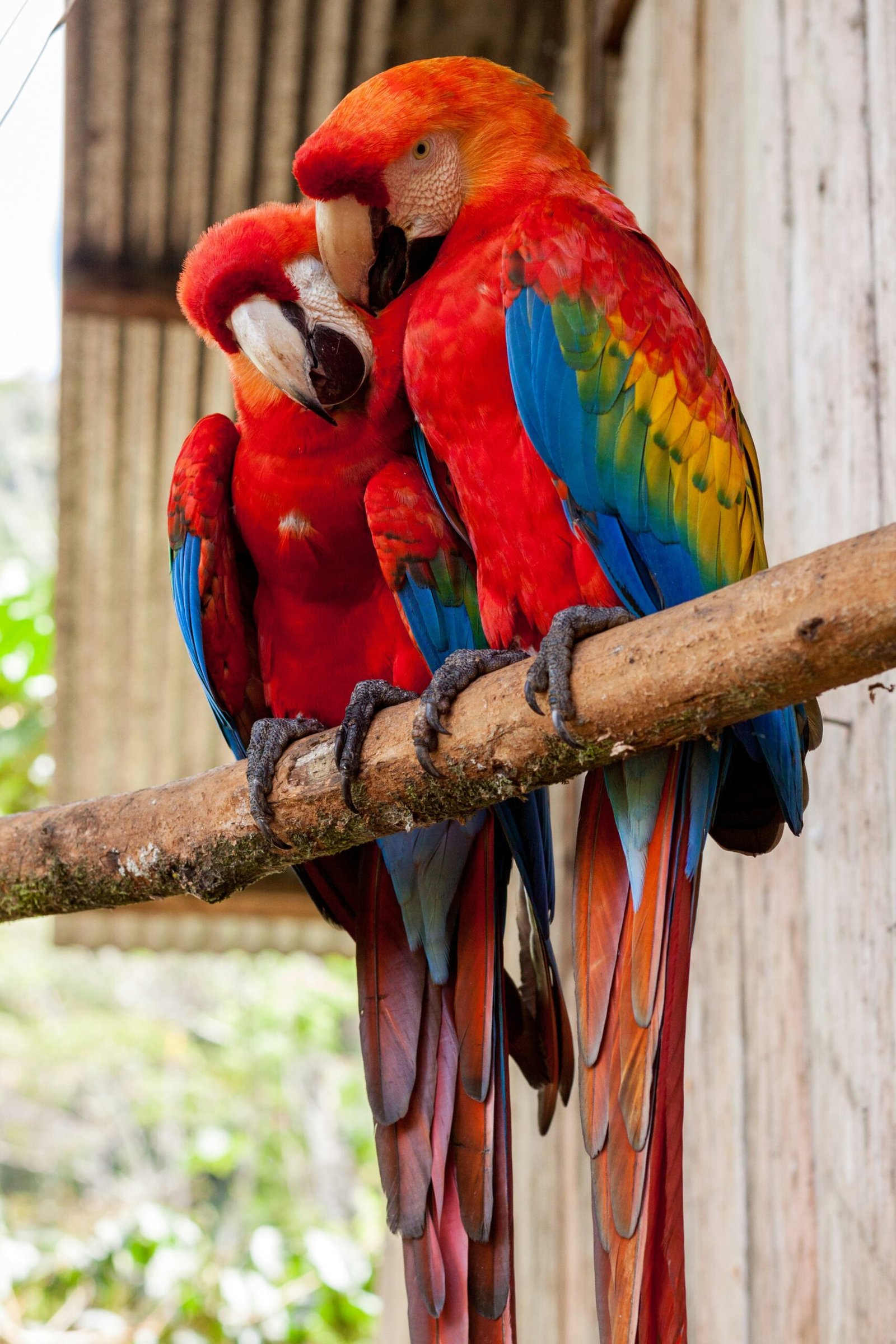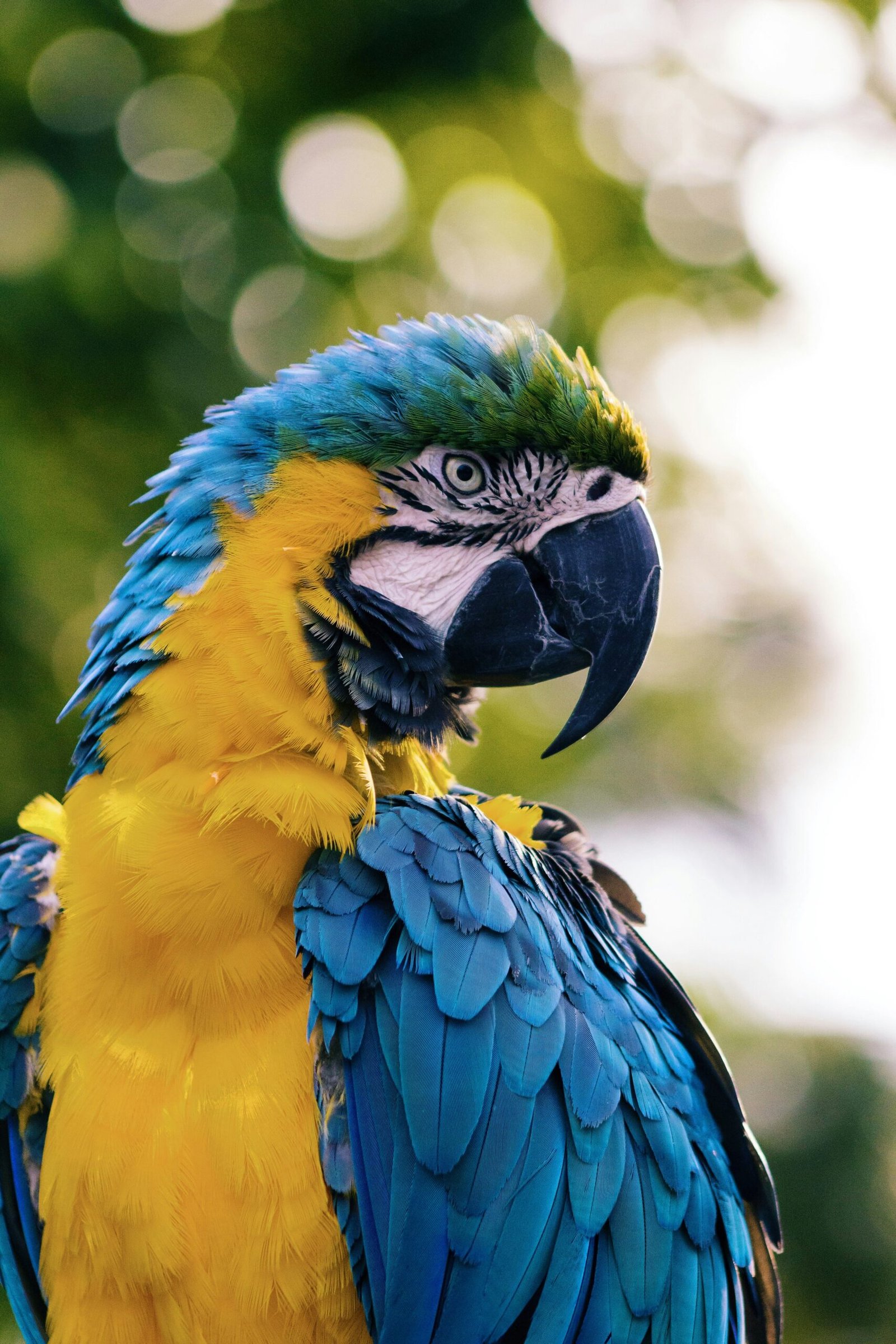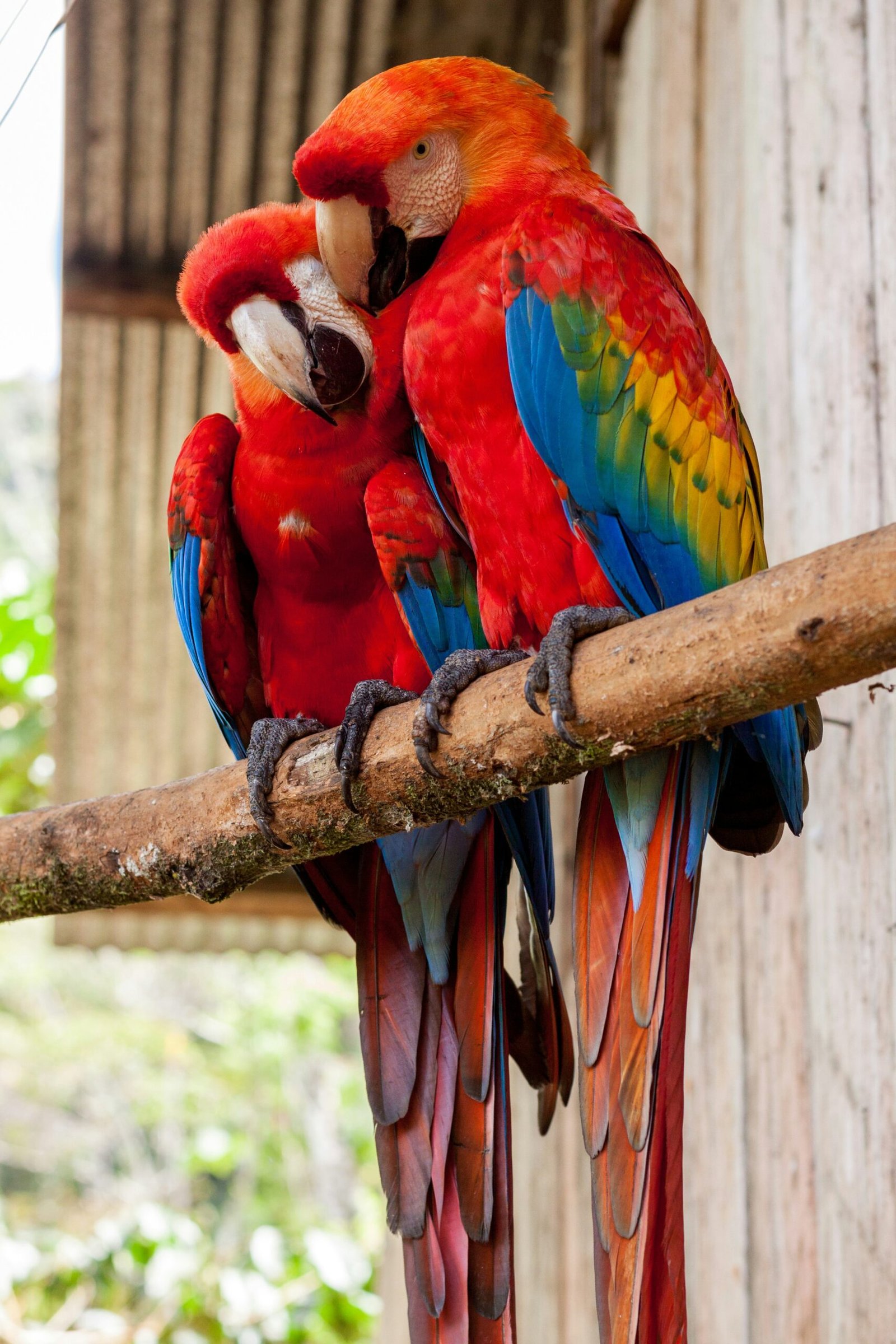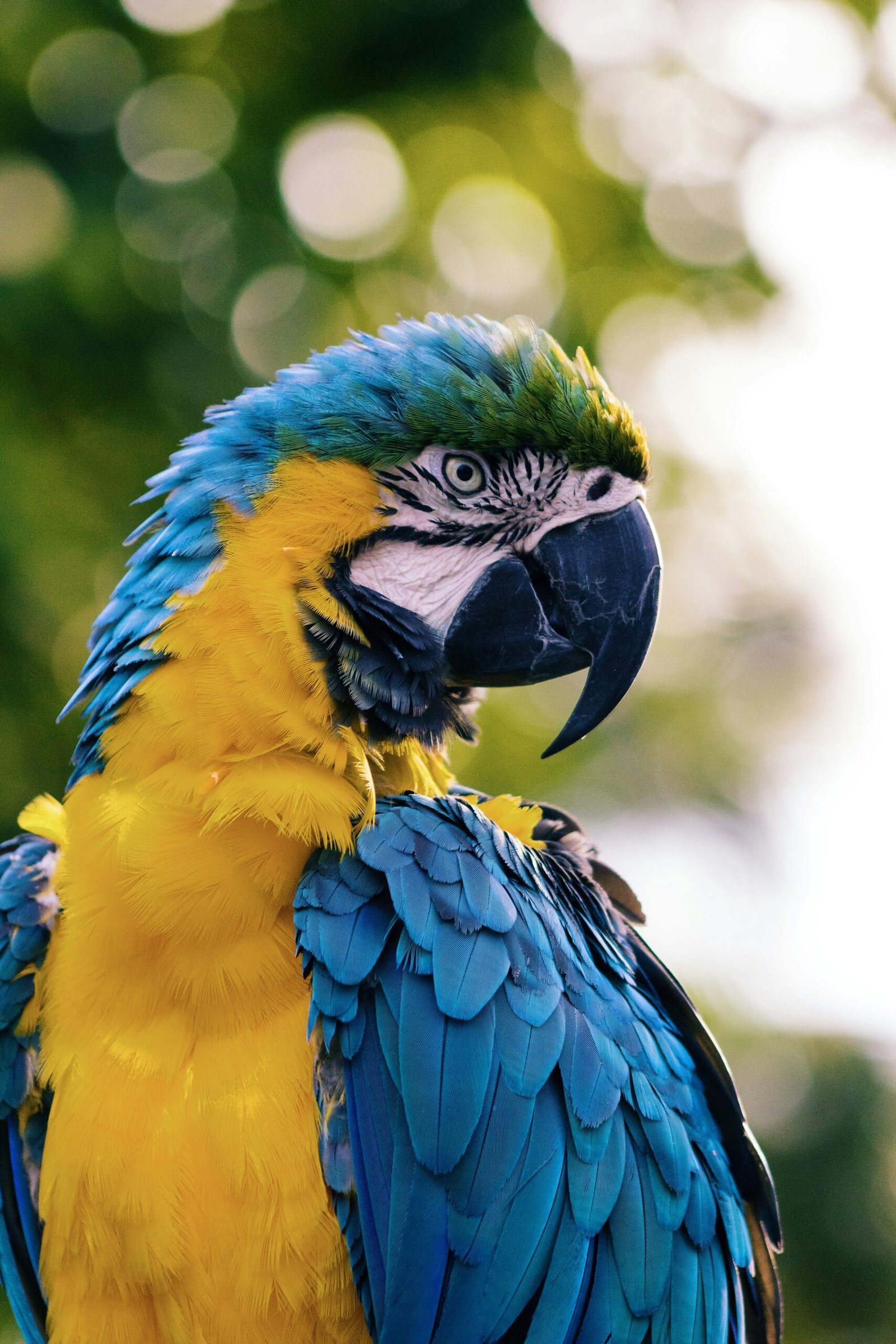Training a Quaker parrot to talk is an intriguing endeavor that captivates the interest of bird enthusiasts and pet owners alike. Quaker parrots, also known as Monk parakeets, are small, vibrant, and highly intelligent birds famous for their exceptional mimicking abilities. These avian companions have earned their place among popular pets, much like a charismatic actor who effortlessly steals the spotlight. Their social nature and engaging personalities make them ideal candidates for speech training, which adds another layer of interaction to the human-bird bond.
This blog post aims to unravel the mystery behind the time investment required to train a Quaker parrot to talk. Like sculpting a masterpiece from a block of marble, teaching these birds to articulate human words demands patience, consistency, and the right approach. Whether you are a seasoned bird trainer or a curious beginner, understanding the nuances of this process is crucial for achieving successful results.
We will delve into the factors that influence the speed and effectiveness of speech training in Quaker parrots. From the bird’s age and individual disposition to the environment and training methods employed, numerous elements play a role in determining how quickly a Quaker parrot can start mimicking human speech. Additionally, this post will provide valuable external resources for further reading, offering a comprehensive guide for those eager to deepen their knowledge.
If you’ve ever wondered, “how long does it take to train a Quaker parrot to talk?” then you’re in the right place. This post will not only address this question but will also equip you with the tools and insights needed to embark on this rewarding journey. Stay tuned as we explore the fascinating world of Quaker parrots and uncover the secrets to unlocking their vocal potential.
Understanding Quaker Parrots: A Basic Overview
Quaker parrots, also known as Monk Parakeets, are small to medium-sized birds native to the temperate and subtropical regions of South America. Their natural habitat spans across countries such as Argentina, Brazil, and Paraguay. These parrots have a distinctive green plumage with hints of gray on their forehead, cheeks, and throat, making them easily recognizable. Known for their social and lively nature, Quaker parrots thrive in environments where they can interact frequently with their surroundings and caregivers.
Behaviorally, Quaker parrots are highly social and tend to form strong bonds with their human companions. They exhibit a range of behaviors that reflect their intelligent and curious nature. Quaker parrots are known for their playful antics and can be quite entertaining, often mimicking the sounds and words they hear in their environment. Their cognitive abilities are impressive, allowing them to solve puzzles and learn complex tasks, which makes them excellent candidates for training, including learning to talk.
Training a Quaker parrot to talk is a process that can vary significantly in duration depending on several factors, including the individual bird’s personality, the consistency of the training, and the methods used. Generally, it can take anywhere from a few months to a year for a Quaker parrot to start mimicking human speech. Their ability to pick up words and phrases is largely attributed to their social nature and the bond they form with their trainers. Patience and positive reinforcement are key components in successfully teaching a Quaker parrot to talk.
Here are some interesting facts about Quaker parrots:
- Quaker parrots build large, communal nests, which can house multiple pairs of birds.
- They are one of the few parrot species known to build their own nests rather than nesting in tree hollows.
- These parrots have a lifespan of 20 to 30 years, making them long-term companions.
- In some regions, Quaker parrots have established feral populations due to escaped or released pets.
For those interested in learning more about Quaker parrots, reputable sources such as Lafeber Pet Birds and The Spruce Pets offer detailed information about their care and training.
Factors Affecting the Time It Takes for a Quaker Parrot to Talk
The journey of teaching a Quaker parrot to talk is akin to guiding a child through their first words—an endeavor influenced by various factors. One of the primary determinants is the age of the parrot. Younger parrots are generally more adaptable and quicker to pick up on new sounds and words. It’s similar to how children grasp languages more rapidly than adults, due to their heightened plasticity in brain function. However, older parrots are not entirely resistant to learning; they may simply require more patience and consistent effort.
Another significant factor is the individual personality of the Quaker parrot. Just as some children are naturally more talkative than others, some parrots may exhibit a greater proclivity towards vocalization. A parrot with an inquisitive and social disposition is more likely to engage in mimicry and speech. In contrast, a more reserved bird might take longer to become comfortable with talking.
The commitment and method of the owner also play a crucial role. Regular, dedicated training sessions can significantly shorten the time it takes for a Quaker parrot to learn to talk. Consistency is key; much like a child learns better with regular practice, a parrot benefits from daily, repetitive exposure to words and phrases. Positive reinforcement, such as treats or affection, can also encourage and expedite learning.
Additionally, environmental factors such as the presence of other talking birds or a stimulating, language-rich setting can hasten the learning process. Studies have shown that parrots exposed to a variety of sounds and social interactions tend to develop speech more quickly. For further insights, you can explore this study on bird communication and expert opinions on bird training.
The Training Process: Step-by-Step Guide
Training a Quaker parrot to talk is much like cultivating a garden; it requires patience, consistency, and care. The journey begins with initial bonding and trust-building exercises, essential for establishing a strong foundation.
First, focus on creating a comfortable environment for your Quaker parrot. Spend time near the bird’s cage, speaking softly and offering treats. This stage is akin to planting seeds in a garden; it may take a few days, or even weeks, for the parrot to feel secure and begin responding positively to your presence.
Once a bond is established, move on to basic sound imitation. Quaker parrots are naturally curious and attentive, making them excellent learners. Mimic simple sounds or whistles, rewarding the bird each time it attempts to imitate you. This step is like watering your garden; consistent efforts will encourage growth and progress.
Gradually introduce word repetition. Start with short, clear words such as “hello” or “goodbye.” Repeat these words daily, ensuring each session is short but engaging. Use a cheerful tone and provide treats to reinforce positive behavior. This phase can be compared to nurturing young plants; steady care will eventually lead to flourishing results.
As your Quaker parrot begins to grasp simple words, expand its vocabulary by integrating new words and phrases. Consistency is crucial, and it’s helpful to associate words with actions or objects, enhancing the bird’s understanding. Imagine this stage as tending to a blooming garden, where continuous effort brings vibrant growth.
For further guidance, consider utilizing reputable training videos and guides. Resources such as BirdTricks and Good Bird Inc. offer valuable insights and visual aids to complement your training efforts.
Remember, the key to training a Quaker parrot to talk lies in patience and consistency. By following these step-by-step instructions, you’ll nurture a strong bond and foster impressive communication skills in your feathered friend.
Tips for Effective Training
Training a Quaker parrot to talk is a rewarding yet demanding task that requires a blend of patience, consistency, and positive reinforcement. Understanding that training is akin to a marathon rather than a sprint can help set realistic expectations. Here are some practical tips to aid in this process:
First and foremost, maintaining a consistent training schedule is crucial. Quaker parrots, like many other birds, thrive on routine. Allocate specific times each day for training sessions to help your parrot become accustomed to the learning process. Short, frequent sessions, ideally 10 to 15 minutes, are often more effective than longer, infrequent ones.
Positive reinforcement is another cornerstone of successful training. Use treats, praise, and affection to reward your Quaker parrot whenever it makes an attempt to mimic words or sounds. Reinforcement strengthens the association between the behavior and the reward, making it more likely that your parrot will repeat the desired action.
Patience is vital. It can take several months for a Quaker parrot to start talking, and each bird learns at its own pace. Avoid the temptation to rush the process or become frustrated, as this can hinder progress. Instead, celebrate small milestones and remain dedicated to the training regimen.
Engaging with your parrot regularly and using clear, distinct words repeatedly can also facilitate learning. Start with simple, commonly used words and gradually introduce more complex phrases. Consistency in word choice and pronunciation is key to helping your parrot grasp the language.
Comparing the training process to a marathon rather than a sprint underscores the importance of perseverance. Success is built over time, with steady, ongoing efforts rather than quick fixes. For additional tips and support, consider joining online forums and communities dedicated to parrot training. Websites like Avian Avenue and Parrot Forum offer valuable insights and expert advice that can enhance your training approach.
By following these best practices, you can create a productive and enjoyable training experience for both you and your Quaker parrot, ultimately leading to a talking companion that brings joy and enrichment to your life.
Common Challenges and How to Overcome Them
Training a Quaker parrot to talk can be an enriching experience, but it comes with its set of challenges. One prevalent issue is the parrot’s reluctance to mimic sounds. This can be frustrating, especially if the bird shows little interest in vocalizing. To address this, it’s essential to create a positive and encouraging environment. Consistent practice, combined with patience and rewards, can gradually coax your parrot into trying out new sounds.
Another common obstacle is the parrot losing interest during training sessions. Birds, like humans, can get bored if the training is monotonous. To maintain their engagement, vary the training routine by introducing new words or phrases and incorporating interactive toys. Keeping sessions short but frequent can help retain their attention. Equating this to overcoming obstacles in a game, each small victory in maintaining their focus can lead to significant progress over time.
Additionally, some Quaker parrots may develop a preference for mimicking certain sounds over others. If your bird is fixated on non-verbal noises, redirect their focus by associating words with actions or objects they are familiar with. For example, saying “hello” when you enter the room can help them link the word with the action.
For more specific troubleshooting, it’s beneficial to consult expert guides and resources. Websites dedicated to avian behavior often provide detailed strategies for overcoming these challenges. Engaging with online forums or consulting with a professional avian trainer can also offer tailored advice suited to your parrot’s unique personality.
Understanding how long it takes to train a Quaker parrot to talk involves recognizing and addressing these common hurdles. With persistence and the right techniques, even the most reluctant birds can become confident talkers. For additional support, consider exploring specialized guides and expert consultations to further enhance your training approach.
Expected Timeline for Different Training Stages
Training a Quaker parrot to talk is an engaging and rewarding process that unfolds in distinct stages, each with its own timeline. Much like learning to ride a bicycle, where you start with training wheels and gradually progress to riding independently, teaching a Quaker parrot to talk involves several phases from initial sound imitation to speaking full words and phrases.
The first stage involves acclimating the parrot to the sound of human speech. This phase usually takes about one to two weeks. During this period, the parrot becomes familiar with the cadence and intonation of human language, akin to a child listening to their parents’ conversations. Consistent exposure to repeated words and phrases is crucial at this stage.
Following this initial acclimation, the parrot begins to mimic sounds. This stage can last from two to six months. Much like taking off the training wheels on a bicycle, the parrot starts to experiment with different sounds and may produce garbled imitations. Patience and reinforcement are key here, as the parrot gradually refines its ability to replicate specific words.
The next stage is when the parrot starts to form coherent words. This phase typically spans three to six months. Like a child learning to ride without assistance, the parrot becomes more confident in its verbal abilities. Some words will be clearer and more consistent, while others may still require fine-tuning. During this time, consistent practice and positive reinforcement can significantly enhance the parrot’s vocabulary.
Finally, the parrot begins to string words together into phrases. This advanced stage can take another six months to a year. Similar to mastering complex bike maneuvers, the parrot’s language skills become more sophisticated and varied. The bird may start to understand context and use phrases appropriately, making interactions more meaningful and enjoyable.
For more detailed insights and real-life examples, consider exploring this case study or reading testimonials from experienced trainers who have successfully guided their Quaker parrots through these stages.
Real-Life Success Stories
Training a Quaker parrot to talk can be a rewarding journey, much like watching a flower blossom from a bud. Real-life success stories reveal that the time it takes for a Quaker parrot to learn to talk varies significantly, depending on several factors such as the bird’s age, the methods used, and the consistency of training.
Take, for instance, the story of Charlie, a Quaker parrot who began mimicking sounds within three months of consistent training. His owner, Jane, employed a method akin to repetition and positive reinforcement, rewarding Charlie with treats and affection each time he attempted a new word. Jane’s patience and regular interaction were key, much like a gardener tending to their flowers daily, ensuring they receive enough sunlight and water.
Another inspiring tale is that of Max, a Quaker parrot who took nearly a year to start speaking fluently. His owner, Mark, used a combination of audio recordings and one-on-one sessions to teach Max. Mark’s strategy involved playing recordings of common phrases during the day and reinforcing these phrases during their interactions. Max’s progress was gradual, akin to a seedling growing steadily into a strong plant. This method highlights the importance of a nurturing environment and persistent effort.
For those interested in diving deeper into these success stories, Charlie’s detailed interview and Max’s journey article provide further insights and tips. These stories show that while the time it takes to train a Quaker parrot to talk can vary, the consistent application of effective training techniques can lead to remarkable achievements, much like a garden full of blooming flowers.
Frequently Asked Questions (FAQs)
What is the best age to start training a Quaker parrot to talk?
It is generally recommended to start training a Quaker parrot to talk when they are around 6 months old. At this age, they are more receptive to learning new skills and forming bonds with their owners. Early training can facilitate faster progress, as younger birds tend to pick up sounds and words more quickly than older ones.
How long does it take to train a Quaker parrot to talk?
The timeline for training a Quaker parrot to talk can vary significantly based on individual factors such as the bird’s personality, the consistency of training, and the training techniques used. On average, it can take anywhere from a few weeks to several months for a Quaker parrot to start mimicking words. Patience and regular practice are crucial elements in this process.
What should I do if my Quaker parrot is stubborn and unwilling to talk?
If your Quaker parrot appears stubborn or unwilling to talk, it is important to assess your training approach. Ensure that you are using positive reinforcement, such as treats and praise, to encourage your parrot. Additionally, creating a consistent training schedule and maintaining a calm and patient demeanor can help. If progress is still slow, consider consulting a professional avian behaviorist for tailored advice.
What can I do if my parrot stops talking after learning to speak?
There are several reasons why a Quaker parrot might stop talking after initially learning to speak. Changes in their environment, stress, or illness could be contributing factors. Ensure your parrot feels secure and comfortable by maintaining a stable environment and providing ample social interaction. If the issue persists, a visit to an avian veterinarian may be necessary to rule out any health concerns.
For further reading and tips on training Quaker parrots to talk, visit reputable bird care websites such as the World Parrot Trust and Lafeber Pet Birds.
Conclusion
Training a Quaker parrot to talk is a rewarding journey that demands patience, dedication, and consistent effort. Throughout this blog post, we have explored the multifaceted factors that influence how long it takes to train a Quaker parrot to talk, including the bird’s age, individual temperament, and the quality of interaction with its trainer. Typically, it can take several months to a year for a Quaker parrot to start mimicking human speech, with continued progress over time as long as the training is maintained.
Just as a symphony requires careful composition and rehearsal to achieve its harmonious beauty, teaching a Quaker parrot to talk is a gradual process that unfolds over time. The end result is a delightful and communicative companion that brings joy and enrichment to its owner’s life. For those who embark on this journey, persistence and positive reinforcement are crucial.
For additional guidance and resources, we encourage readers to explore the provided links. These resources offer valuable insights and support to help you successfully train your Quaker parrot. Remember, the bond you build with your parrot during this process is as important as the words they learn to speak.







